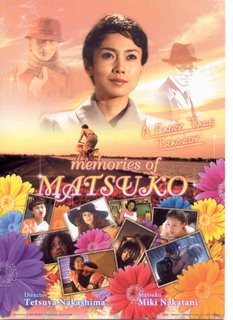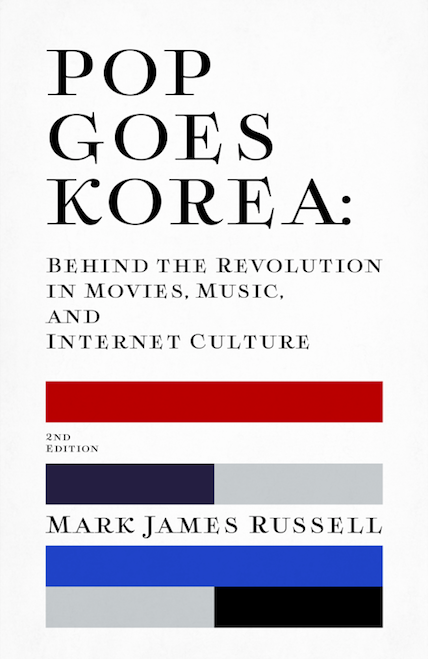Well, the latest Pusan International Film Festival (the 11th, if you are keeping track at home) kicked off last night, with the usual heaps of hoopla and spectacle. And, as per my personal tradition, I hung out in the back, drinking beer. PIFF’s opening movie is always screened at the Suyeong Yatching Club, on the big outdoor screen with around 2000 people in the audience. But just behind the screening area, there is a couple of small restaurants, selling udong and beer. I find that environment easier on the senses than the earnestness of the PIFF opening ceremonies. Nothing wrong with PIFF’s opening ceremonies, but it is just not to my taste. Beer is.
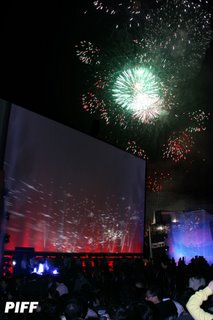
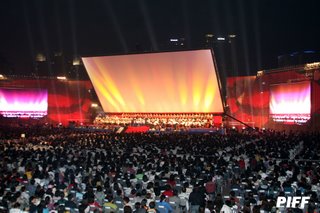
The opening film this year was Kim Dae-sung’s TRACES OF LOVE, a melodrama about a guy who loses his girlfriend in the Sampoong Department Store collapse of 10 years ago. Now, I only caught part of the film (thanks to the beer), but I luckily happened to be there when the building fell down. Nicely down, given the film’s budget constraints (although I was a little disappointed that no one sang “My Heart Will Go On”). But what happened right after that really turned me off of the film.
Just before the building collapsed, the lead character, played by Yu Ji-tae, was on his way to meet his girlfriend at the Sampoong. He is walking across the street when he sees the building disintegrate, right in front of his eyes. Dust is everywhere, but all Yu’s character thinks about is finding his girlfriend. “Min-ju! Min-ju!” he shouts, in a daze.

The problem was, as he is shouting this, there are dozens of injured people running past him in the other direction, fleeing for safety. Does Yu’s character ask anyone if they need assitance? Does he try to help anyone? Of course, no. All he does is wander around the site for hours, getting in the way of rescure workers, while doing nothing to help anyone. For some reason, that really ticked me off, and soon after I returned to my hotel room to watch the season finale of LOST.
After LOST, it was time for the big opening night party at the Paradise Hotel. It was a pretty decent event, with all the usual suspects there like every year. Most fortunately for me, I bumped into someone I have been trying unsuccessfully to get in touch with for a couple of weeks now (someone who I need to talk to for a North Korea article I am writing). Then we crashed the actors party on the second floor, which was really amusing because they had oodles of fancy food but no one was touching anything. No carbs! Must stay thin! Hah.
Then came the infamous odeng bar. Each year, the odeng bar behind the Grand Hotel is one of the major late-night spots for everyone to drink and make trouble. It was definitely one bar too many for me. I’m just happy I did not continue with my friends who went to some karaoke room. Sleep was much needed for me.
Today, I checked out the newly restored print on the Shin Sang-ok film ARCH OF CHASTITY. I tend to prefer the older films at these film festivals, and Shin’s 1962 movies about a widow and the man who tries falls in love with her was pretty amusing. Lots of sex and heaving bosoms. Not bad for an old film.
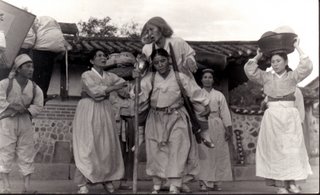
Then I saw the Japanese film MEMORIES OF MATSUKO, which was pretty good. Although if I hear that kitchy theme song one more time I might have to stab myself in the ears. It was a quirky film about a guy discovering an aunt he never knew he had. She has just died, and he must clean out her apartment. It was shot very much in the style of the Thai film CITIZEN DOG (that is colorful and surreal, with the occasional musical number), although it was much darker.
